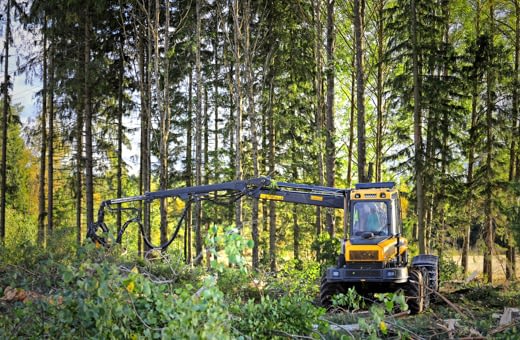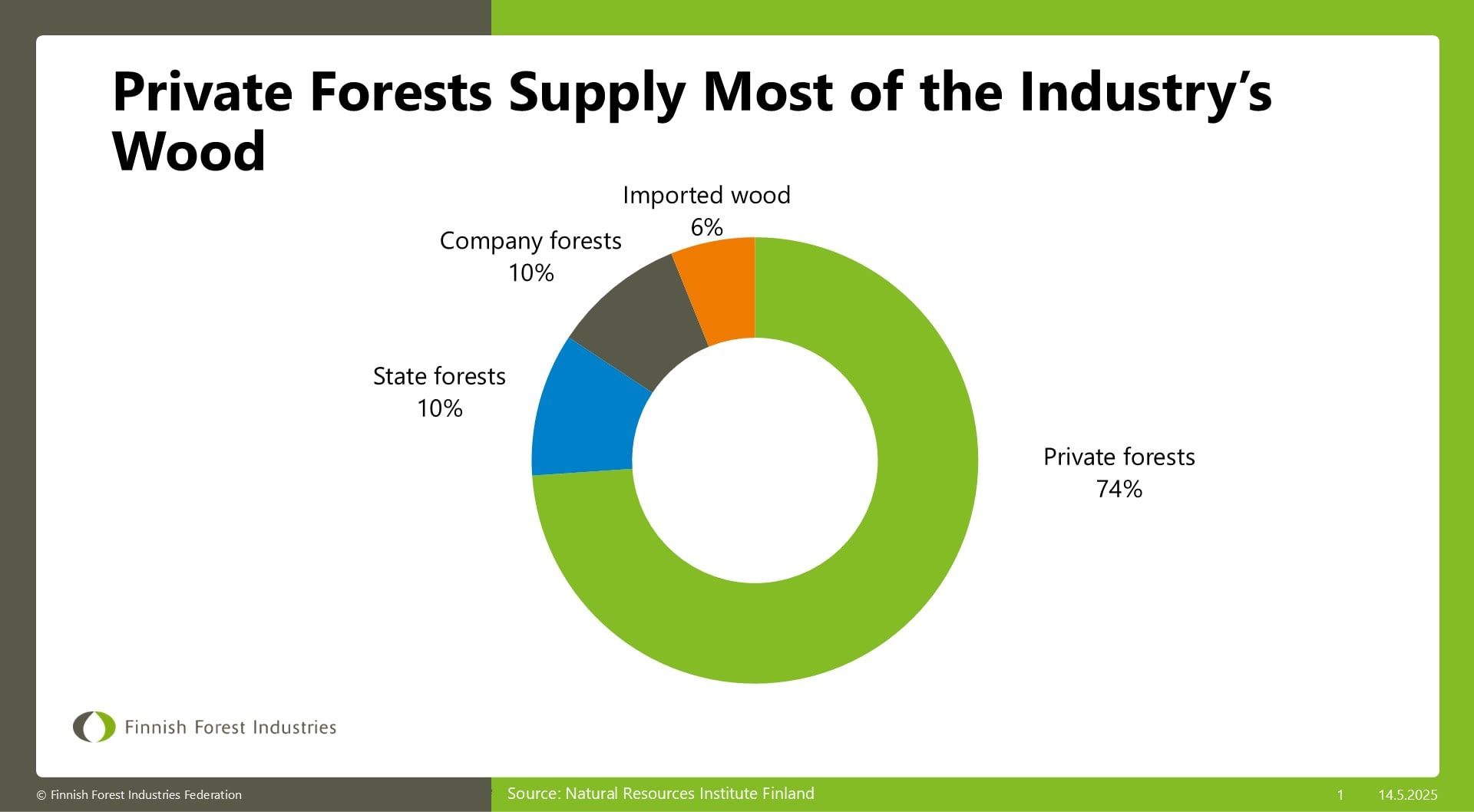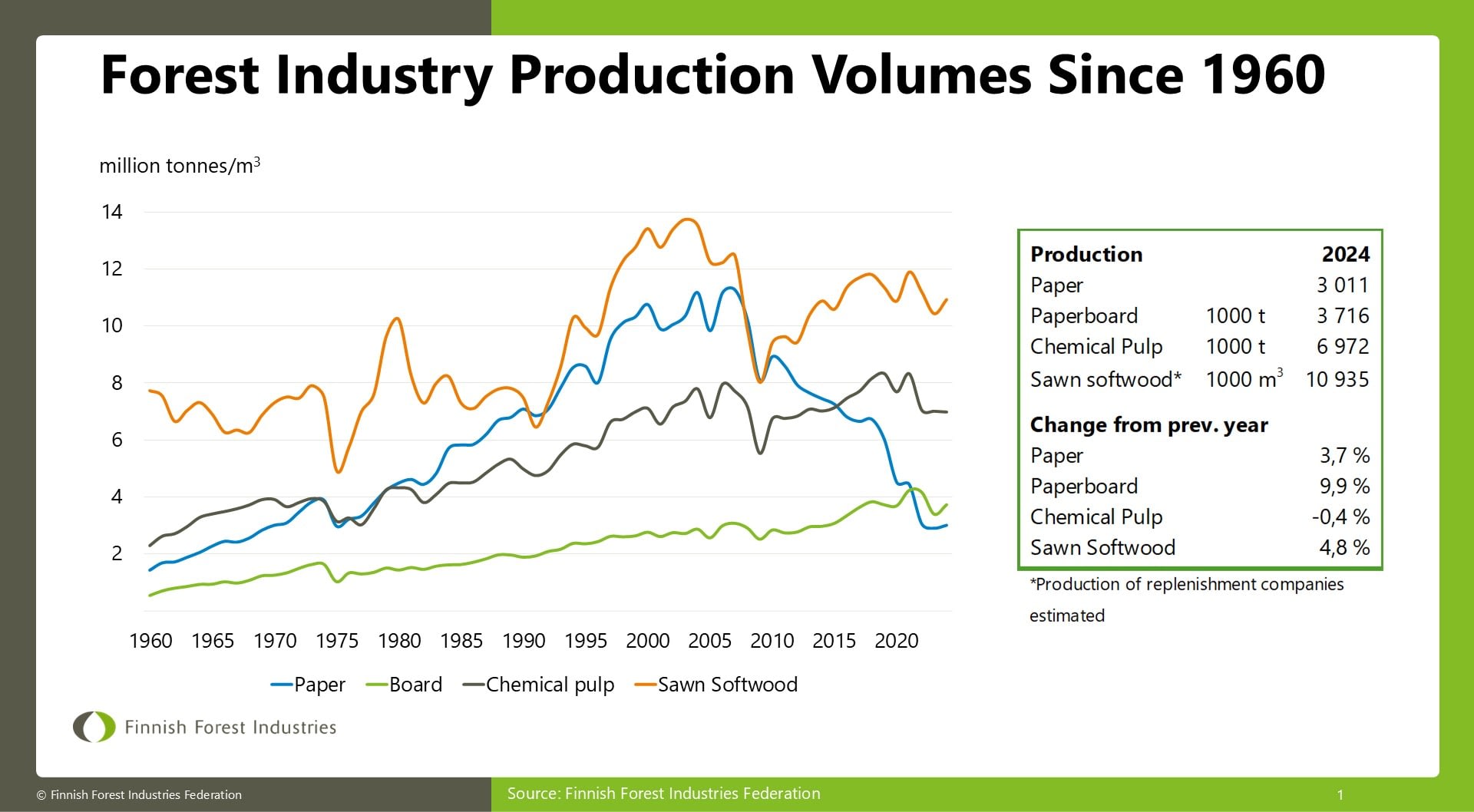Forests have played an important role in the Finnish history. Finnish forests have provided food, shelter, employment and income for the Finns through centuries. Most of the Finnish forests are in commercial use. Commercial forest are not only utilised but also regenerated. Finnish forests grow more than they are being harvested and the growth has increased significantly through the last 50 years. The growth and evolution of forests in Finland is mainly the result of good and long-term forest management.
What guides forest management
The Forest Act provides a framework for forest management in Finland. The leading principle of the forest legislation has been the obligation to regenerate after logging. The inception of Forest Act in 1997 (revised again in 2014) raised multi-functionality to a key driver in forest management, emphasizing safeguarding of ecological sustainability as well as promotion of diverse use of forests, landscape management and water protection.
The Forest Act requires that the forest owner delivers a mandatory forest use declaration before felling. Forest use declarations are monitored by a competent authority. The forest use declaration is a way to make sure that environmentally important values are considered in the management of forests. The declaration is also the core of the control system in the EU Timber Regulation, the purpose of which is to prevent the entry of illegally produced timber on the EU market. The Forest Act also obligates that forests shall be managed and used in such a manner that the conditions for the preservation of habitats important for the biological diversity of forests are safeguarded.
In addition, Best Practice Guidelines for sustainable forestry that are based on national research on forests provide extra tools to sustainable forest management over requirements of the legislation, including biomass harvesting for bioenergy production. The guidelines have been successfully implemented to private forestry.
Conservation
Habitats protected under the Natura 2000 network form the basis for forest protection. The habitats are protected e.g. under Nature Conservation, Forest, and Wilderness Acts. There are several country-wide forest protection programs, such as programs for old forests, herb-rich forests and eskers. The network of protected areas consists of national parks, strict nature reserves, protection program areas etc.
The Forest Biodiversity Action Program METSO supplements legislation-based protection by providing landowners a voluntary tool for both permanent and temporary forest protection in Southern Finland. The goal is to protect permanently 96 000 ha forests via METSO by 2025. Almost 90% of the target is reached today. Helmi habitats program, which started 2019, complements METSO in increasing habitat restoration and conservation of other habitat types than forests.
Forest management in Finland today
Forest data has been gathered in Finland for 100 years. The National Forest Inventory (NFI) data is based on statistical sampling and a new inventory of forest resources is implemented every 5-10 years. Accurate forest data is the base for planning forest management activities.
Until 2014 commercial forests were managed with an even aged structure because of legislation. Sustainable forest management in Finland concentrates on finding a balance between economic, social and environmental aspects. These are also the basic pillars for the two forest certification schemes PEFC and FSC that are actively used in Finland. Over ninety percent of Finnish commercial forests are certified under these schemes.
Deforestation in Finland has been rather small-scaled and caused by agriculture and infrastructure building. The successful forest industry has laid the foundation for forests to remain forests. Forests have been and will continue to be managed sustainably and actively. Furthermore, the number of natural disasters in forests has been small compared to several European countries as a result of climate conditions and good forest management.






